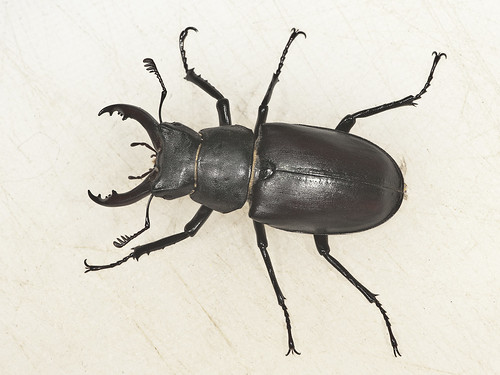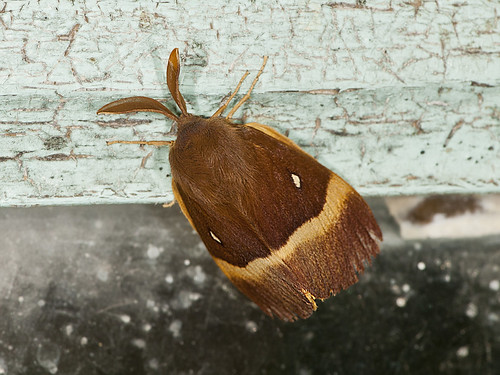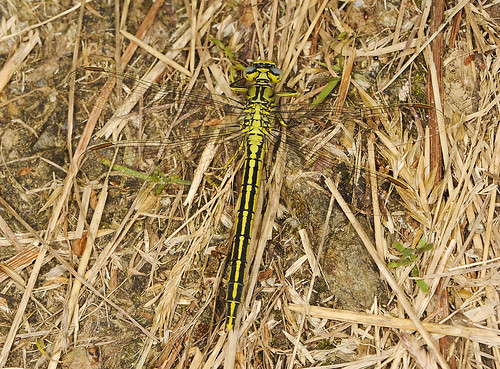
Mashua, Tropaeolum tuberosum, flowers and seeds.
Most of the more unusual South American tubers present some sort of challenge with respect of taste and texture to the potato and cabbage attuned palates of the European population but few have as many enemies as the humble mashua, also known as the añu, cubio or tuberous nasturtium.
Until recently this was only known over here as a slightly temperamental ornamental flowerer (in that I tried it a couple of times and it invariably died before flowering) beloved of those with gardens full of flowering oddities that were chosen to provoke gasps of wonder. Anyway those times are all over now as a veritable flood of varieties and subspecies arrive from the new world, into the eager hands of the new amateur breeders looking for diversification in our food crops. Like me, that would be then.
I was given my first tuber from Rhizowen (along with a second variety which I immediately killed) and have since established that the variety is probably something - I've just spent ages looking through my FB history and I've lost the information again (Owen, if you're reading any chance you can remind me :) ) Whatever it is, it very productive and quite pretty.

Mashua tubers, harvested 30 November 2014
But just like all its friends and relations it has the 'taste'. Paul has suggested it's best described as horseradish marzipan, the pungency of horseradish combined with a bitter almond undertone which is mostly shocking because of its unfamiliarity. Chilli chocolate might be a thing but sweet cake covering flavoured for roast beef has yet to become the new black. And the taste isn't just an entirely innocuous novelty, it is indicative of a number of rather strange isothiocyanates which can produce cyanide under the right conditions. For this reason it's best not to eat too many of them raw even if you do develop a predilection for the flavour; which seems quite unlikely from the anecdotal evidence I've heard from other consumers. In short, although it is starchy and nutritious, it's quite clear why it never became a staple in the old world in the same way as potatoes have been adopted.
However, it is remarkably easy to grow, prolific even and because of those fearsome chemical components almost immune to pests. It can and has been used for food, even if the Peruvians think it's better than bromide for some purposes, absolutely a crop ripe for reselection and improvement. In the meantime here's a recipe that helps to ameliorate the worst of the gustatory pain.
Take about six or seven good sized tubers and wash them well. Bring to the boil in plenty of fresh water and boil fairly vigorously without the lid on for about 15 minutes until they are soft when pierced with fork. Allow to cool before proceeding. This reduces any noxious compounds and helps the flavour a bit.
I found that the flesh cooked this way was soft but contained some fairly tough fibres which made for an unpleasant mouthful, so I rubbed the cooked tubers through a sieve with the back of a spoon to produce a soft smooth purée. To this I added a couple of tablespoons of plain flour, just enough to make a soft batter.
Heat some cooking oil until nearly smoking and drop small mounds of the mixture into it from a teaspoon. Allow to cook on the first side until golden brown, then turn and cook some more until crisp all over and cooked through. It would probably be even easier in a deep fryer but I haven't actually tried that.
Drain well and sprinkle liberally with salt. Serve hot as a pre-dinner nibble or savoury. With no added flavouring they are pleasant enough but you might experiment with some garlic or even a smidge of ginger or chilli for added pzazz.

Mashua puffs for want of a better name.





















































